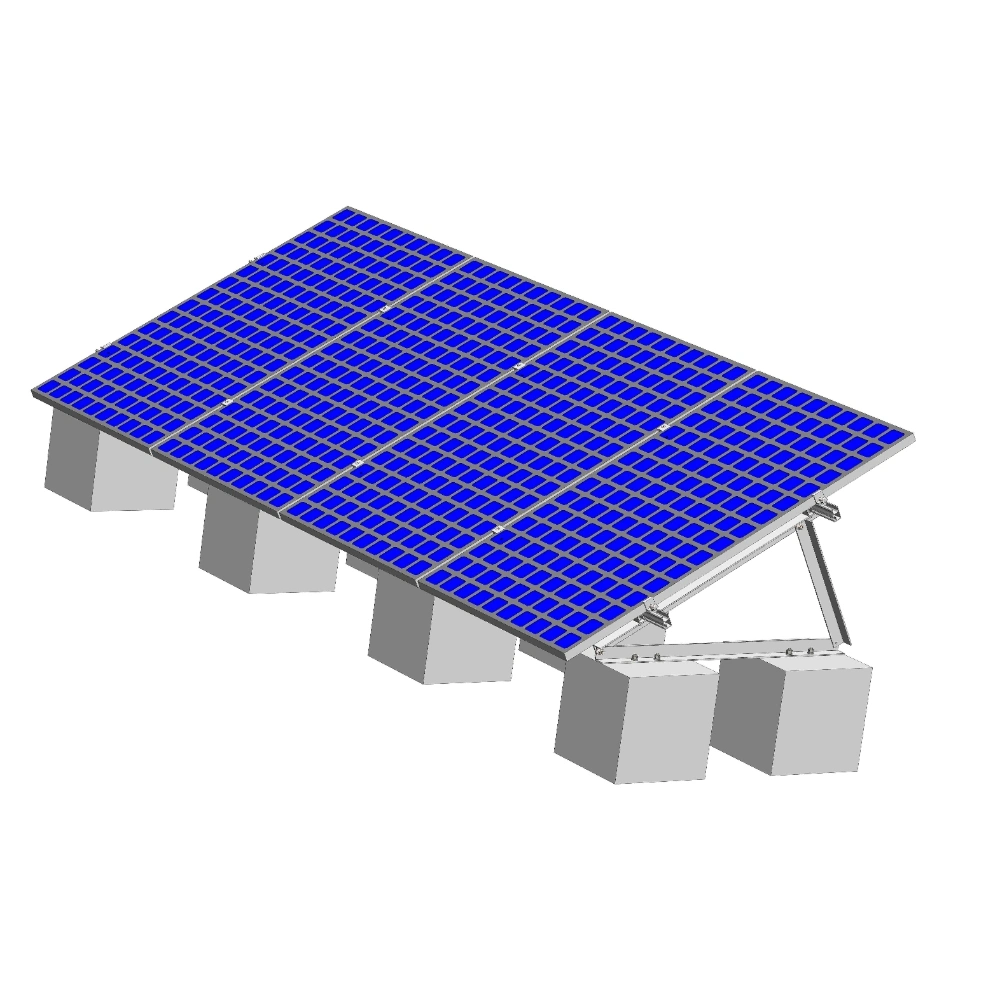With the transformation of the global energy structure and the rapid development of renewable energy, solar energy, as a clean and renewable energy form, is increasingly favored by various countries. During the installation process of solar modules, Zenina Alloy Technology's fixed tripod is an important device for supporting and fixing solar modules. Its performance stability and installation quality directly affect the efficiency and safety of the solar power generation system. Therefore, in-depth research and discussion on the application and optimization of fixed tripods in solar module installation are of great significance for improving the overall performance of solar power generation systems.

Application of fixed tripod in solar module installation
Support and fixation
As the basic equipment for solar module installation, the fixed tripod’s primary function is to support and fix the solar modules. Through its stable structural design and material selection, the tripod can withstand the weight of solar modules and the invasion of external environmental factors such as wind, snow, hail, etc., ensuring the stability and safety of module installation.
Angle adjustment and adaptability
Fixed tripods usually have an angle adjustment function, which can flexibly adjust the installation angle of the modules according to the lighting conditions and installation requirements of solar modules in different regions to maximize the reception of solar radiation and improve power generation efficiency. At the same time, the design of the tripod also has certain adaptability and can adapt to the needs of different terrains and installation environments.
Easy installation and maintenance
The structural design of fixed tripods often takes into account the convenience of installation and maintenance. The modular design makes the installation process easier and more efficient. At the same time, the parts of the tripod are also easy to disassemble and replace, which facilitates subsequent maintenance and repair work.
Optimization strategy for fixed tripod
Optimization of materials and structures
Optimizing the material and structure of a fixed tripod is the key to improving its performance stability. First of all, in terms of material selection, materials with high strength, corrosion resistance, and weather resistance should be selected, such as stainless steel, aluminum alloy, etc., to increase the load-bearing capacity and service life of the tripod. Secondly, in terms of structural design, attention should be paid to the stability and lightweight of the structure. Through reasonable mechanical analysis and optimized design, unnecessary materials and weight should be reduced, and the efficiency and cost-effectiveness of the tripod should be improved.
Application of intelligent technology
With the advancement of science and technology, intelligent technology is increasingly used in the field of solar module installation. Applying intelligent technology to the design and manufacturing of fixed tripods can further improve its performance and functionality. For example, sensor technology is introduced to monitor the working status and environmental conditions of the tripod in real time, and intelligent adjustment and optimization are achieved through data analysis; the Internet of Things technology is used to realize remote monitoring and management of the tripod, improving the efficiency of installation and maintenance.
Environmental protection and sustainable development
During the optimization process of fixed tripods, environmental protection and sustainable development requirements should also be fully considered. On the one hand, materials and manufacturing processes with good environmental performance should be selected to reduce the impact on the environment; on the other hand, attention should be paid to the recycling and recycling of tripods to achieve effective use of resources and reduction of waste.
Optimized application effect of fixed tripod
Improve power generation efficiency
By optimizing the material, structure and function of the fixed tripod, it can better adapt to the lighting conditions and installation environment, thereby improving the solar module's ability to receive solar radiation and power generation efficiency. This not only helps improve the overall performance of the solar power generation system, but also helps promote the development and popularization of the solar industry.
Reduce maintenance costs
The optimized fixed tripod has better stability and durability, which can reduce repair and replacement costs due to equipment damage or failure. At the same time, the application of intelligent technology also makes remote monitoring and maintenance possible, further reducing maintenance costs and improving work efficiency.
Enhanced security features
The optimization of the fixed tripod not only improves its support and fixing capabilities, but also improves its ability to withstand wind, snow, hail and other natural disasters through material selection and design optimization. This helps ensure the safe and stable operation of solar modules under severe weather conditions and reduces the risk of safety accidents caused by equipment damage or falling off.
Conclusion
Zenina Alloy Technology's fixed tripod is an important part of solar module installation, and its performance optimization is of great significance to improving the overall performance of the solar power generation system. Through the optimization of materials and structures, the application of intelligent technology, and considerations of environmental protection and sustainable development, we can achieve an overall improvement in the performance of fixed tripods and a continuous expansion of functions.
Zenina
wxam.assistant@marketingforce.com

